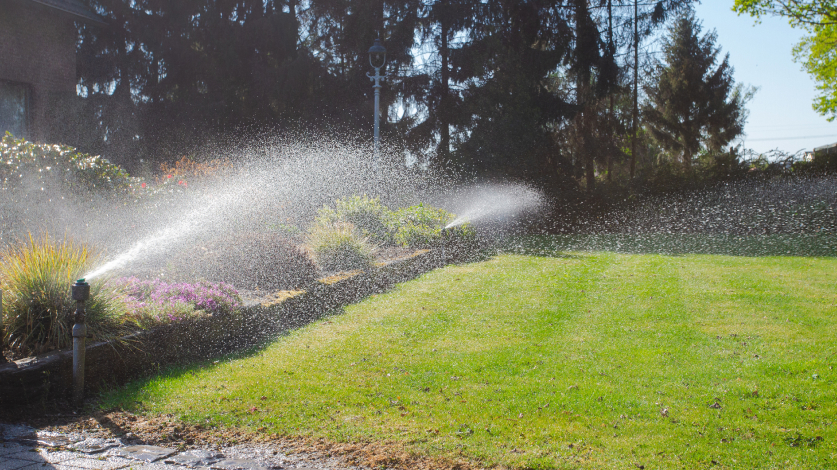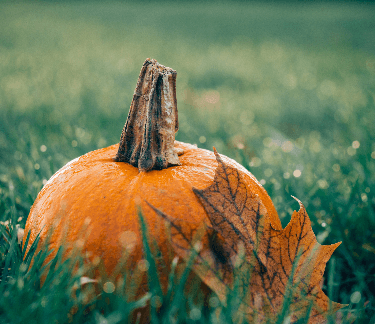As winter draws to a close and the weather finally starts to show signs of warming up, you may find yourself wanting to start enjoying your outdoor living space again. But getting your lawn in shape after a long winter might take a bit of effort — especially if your grass has been under the snow for a while. In many regions, the wet, soggy conditions characteristic of early spring provide the ideal environment for a lawn disease known as snow mold to take hold.
Here, we’ll explain what snow mold is and what causes it. You’ll also learn a bit about the different signs and characteristics of snow mold on grass and discover what TruGreen® can do to help keep this lawn disease at bay.


 Branch Finder
Branch Finder













 Back to all blogs
Back to all blogs

Facebook
X
Youtube
Copy Link
Email